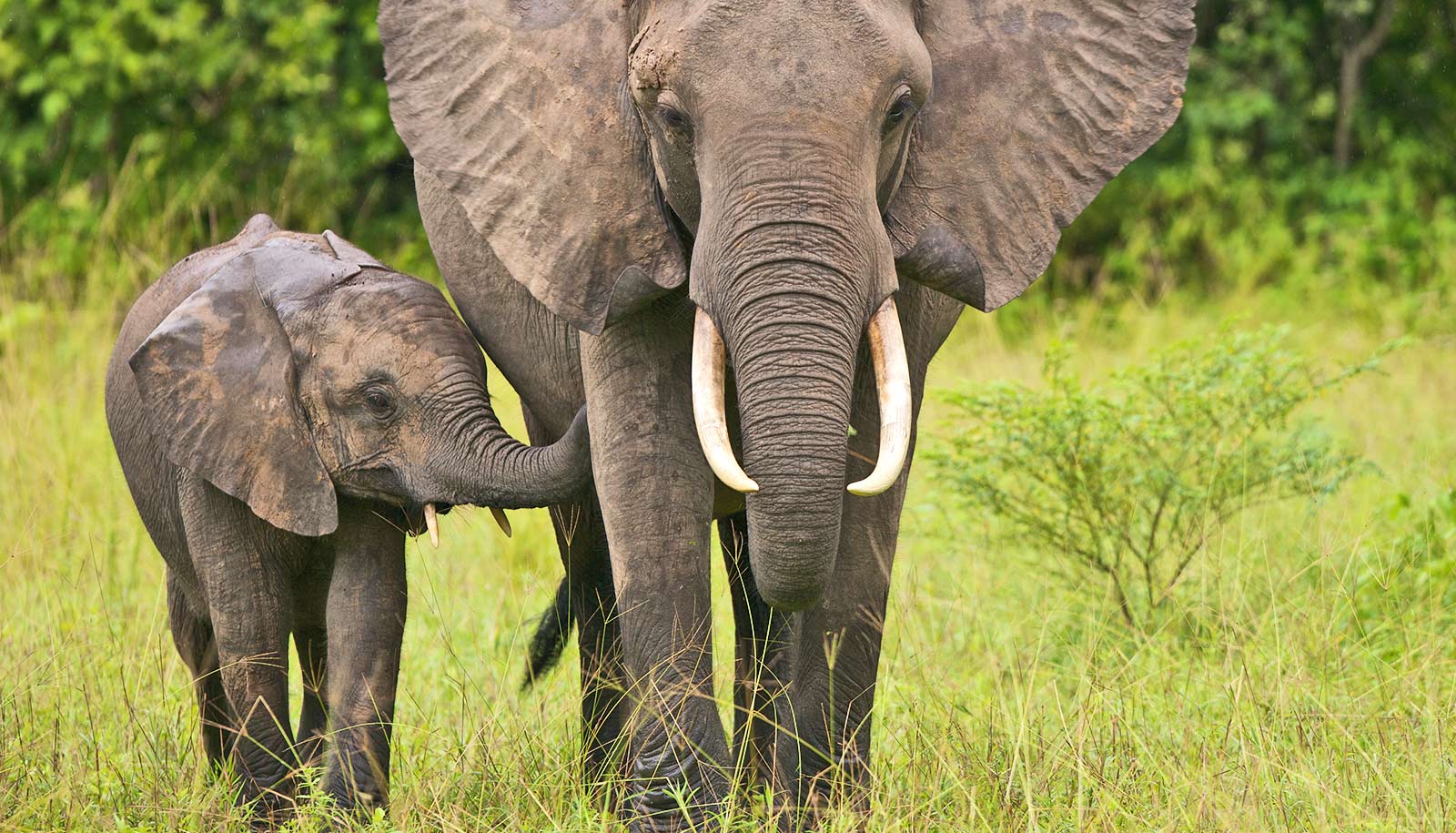Scientists say converting marginal cropland provides the best opportunity for adding milkweed to help restore the Eastern migratory monarch population. In addition, planting milkweed elsewhere, including protected areas, and urban and suburban locations, may be necessary.
North American migratory monarch populations east of the Rocky Mountains declined by more than 80 percent over the last two decades due, in part, to the loss of millions of milkweed stems in the northern United States.
Milkweed is the only plant that provides breeding habitat and food for monarch young, but because adult monarchs feed on the nectar from a range of flowering plants, the US Fish and Wildlife Service recommends planting both milkweeds and nectar plants that are native to specific areas.
Adverse weather conditions in recent years, loss of overwintering habitat, disease, and exposure to contaminants have also contributed to the monarchs’ decline.
“The main finding of our study is that an all-hands-on-deck approach could be essential to restoring the massive amounts of milkweeds needed to make the monarch population healthy again,” says lead author Wayne Thogmartin, a scientist with the US Geological Survey. “These findings offer great hope for citizens from all sectors working together to reverse the substantial decline of these iconic butterflies.”
A recent USGS-led report found that more than 1.6 billion additional milkweed stems may be needed in North America to return Eastern migratory monarchs to a sustainable population size.
To determine where these additional milkweed plants would be most effective, researchers evaluated five land-cover sectors for their current and potential future ability to support milkweed: protected lands, Conservation Reserve Program lands, utility and transportation rights-of-way land, agricultural lands, and urban/suburban areas.
Converting at least half of marginal agricultural land in the Midwest to monarch-friendly habitat could result in a full population recovery. However, an approach that doesn’t only rely on agricultural lands would be more robust.
The research demonstrates that the non-agricultural sectors combined could provide as many as 800 million stems of milkweed, leaving agricultural lands to provide the other 800 million stems.
How monarchs make it to Mexico without a map
“Encouraging urban and suburban areas to participate along with the agricultural sector could create a crucial spark of public support and momentum for monarch conservation across the board,” says Laura López-Hoffman, a conservation biologist at the University of Arizona and coauthor of the study in Environmental Research Letters.
The Eastern migratory population of monarch butterflies, which spends the winter in Mexico but migrates to the Eastern US and Canada to reproduce during warmer months, is at risk of extinction unless its numbers increase significantly. The US Fish and Wildlife Service is considering a petition to list monarchs under the Endangered Species Act.
Because counting individual monarchs is challenging, scientists measure population size based on the geographic area that their colonies cover while spending the winter in Mexico.
Monarch butterflies are up against multiple threats
The population size of Eastern monarchs was 2.91 hectares, or 7.19 acres, in the winter of 2016-2017, which is a decrease from about four hectares during the 2015-2016 season. The US, Mexico, and Canada aim to increase the number of Eastern monarchs wintering in Mexico so that they occupy about six hectares, or about 15 acres, by 2020.
Source: University of Arizona



